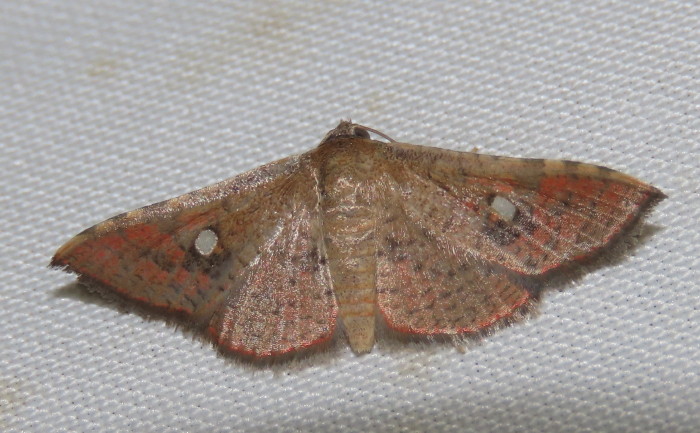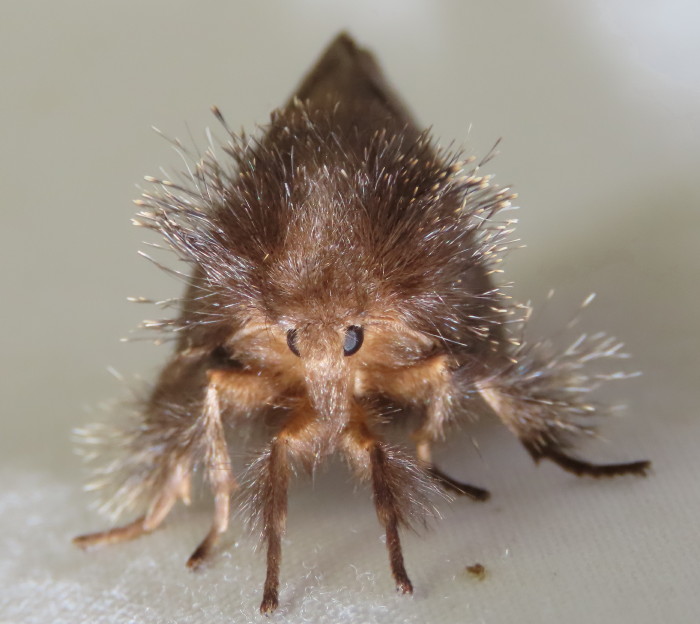
There are orchids to be found in bloom throughout the year, but spring seems to be a particularly good time.
From the possibly tiniest flower (1-1.5mm),

to our most spectacular


orchids are to be found in many places.
Since our last orchid blog a year ago, we added a few more species to our property’s list:



Tree Spider Orchid, Dendrobium tetragonum, by Julia Sumerling

Visiting nature photographer Julia Sumerling introduced me to seeing the natural world in a new light: Many birds and insects can see in the UV spectrum, and Julia patiently took this image under UV light with an elaborate set-up:

daylight UV light

I was hooked, and bought a small UV torch. Lichen, especially, change their appearance dramatically: these images were taken by our friend Manfred Schoeler:
daylight UV light


A walk through a nearby forest revealed more flowering orchid species. New to us was this Creeping Brittle Orchid.

It seems to be a good year for orchids: many species are flowering abundantly, in the dry Herberton Hills as well as in the rainforest.

For a few more orchid images from our property, check out our orchid gallery on the flora page.






































